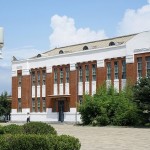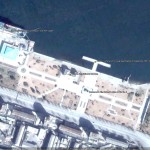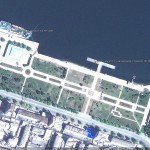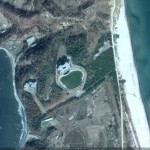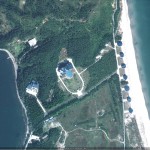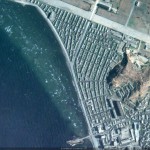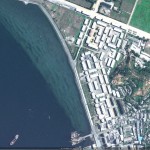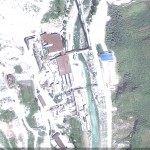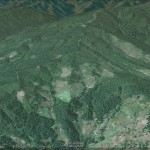Institute for Far Eastern Studies (IFES)
(NK Brief 11-04-27)
Kim Jong Il is continuing to make field guidance visits around Ryanggang and the Northern Hamgyong Province.
The Rodong Sinmun reported on April 23 that Kim Jong Il visited Rajin Shipyard. Rajin Shipyard is known for producing ships necessary for advancing fishing, marine transportation, and foreign trade industries. Chairman Kim emphasized the importance of self-reliance, especially on the need to adopt the latest science and technology and partake in the mass technical innovation movement by implementing CNC (Computer Numerical Control) technology into ship design, assembly, and manufacturing.
According to the Korean Central News Agency (KCNA) on April 20, Kim also gave field guidance at Kim Chaek Iron and Steel Complex and newly built Susongchon General Foodstuff Factory in Northern Hamgyong Province. The Rodong Sinmun on April 22 also reported that the DPRK leader provided field guidance at Hyesan Youth Mine in Ryanggang Province. At the Hyesan Youth Mine, he said “The major project of the Party is to complete the technological modernization to radically increase the production of mineral ores.”
At the recent visitation to Songjin Steel Complex at Kim Chaek City, Kim once again emphasized self-reliance. Kim stated, “The self-reliance of the metal industry is the permanent path of our economy.” He further added, “Despite the imperialist’s sanctions and blockade, we reached the highest level of metal production from the revolutionary spirit of self-reliance. The Party’s traditional slogan of self-reliance is the only weapon of victory leading to our nation’s triumph and prosperity.”
North Korea announced that Songjin Steel Complex established Juche steel production system at the end of 2009. At the complex, Kim gave praise to the facility by saying, “The completion of steelmaking process of Juche steel with our own technology is a greater victory than the success of a third nuclear test.”
However, Kim Jong Un, the vice-chairman of the Central Military Commission and the named successor of the DPRK was not included in the list of entourage in the recent field guidance given by the senior Kim at Kim Chaek Iron and Steel Complex, Hyesan Youth Mine and Najin Shipyard.
Kim Jong Il is reported to have conducted 35 official activities in the first quarter of 2011. Although it is a decrease from last year’s number of 41, it is still higher than the average of 21(1999-2010) in the first quarter. The breakdown of the activities of Kim is as follows: 12 economy-related visitations, 10 attendances at performances, 9 inspections at military bases or other military related activities and lastly, 4 meetings with diplomatic delegations.
The economy-related inspections were the highest in the first quarter since 2009. This trend reflects Kim’s intentions of concentrating on inspecting the economic sectors early on in the year to encourage results in this sector. A notable point is that self-reliance and incorporation of CNC was mentioned at all industrial facilities that Kim inspected.
Among the entourage, Kim Jong Il’s sister, Kim Kyong Hui, director of the Light Industry Department of the Korean Workers’ Party (KWP), accompanied the leader 28 times on his recent inspections. Kim Ki Nam, the KWP Secretary and Director of Publicity and Information Department made 24 trips, Kim Jong Un and Tae Jong Su, KWP Secretary and Director of the General Affairs Department made 22 trips each, and Chang Song Taek (Jang Song Thaek), the husband of Kim Kyong Hui and vice-chairman of the National Defence Commission, is known to have made 20 accompaniments.
Recently, North Korea has been making changes in the planned economy by naming the new Central Bank chief, upgrading the State Price Bureau to the State Price Commission, and establishing the State General Bureau of Economic Development.
Kim Jong Il has conducted a total of 161 official activities last year, his most active year since the official launch of the Kim Jong-Il regime in 1998.

